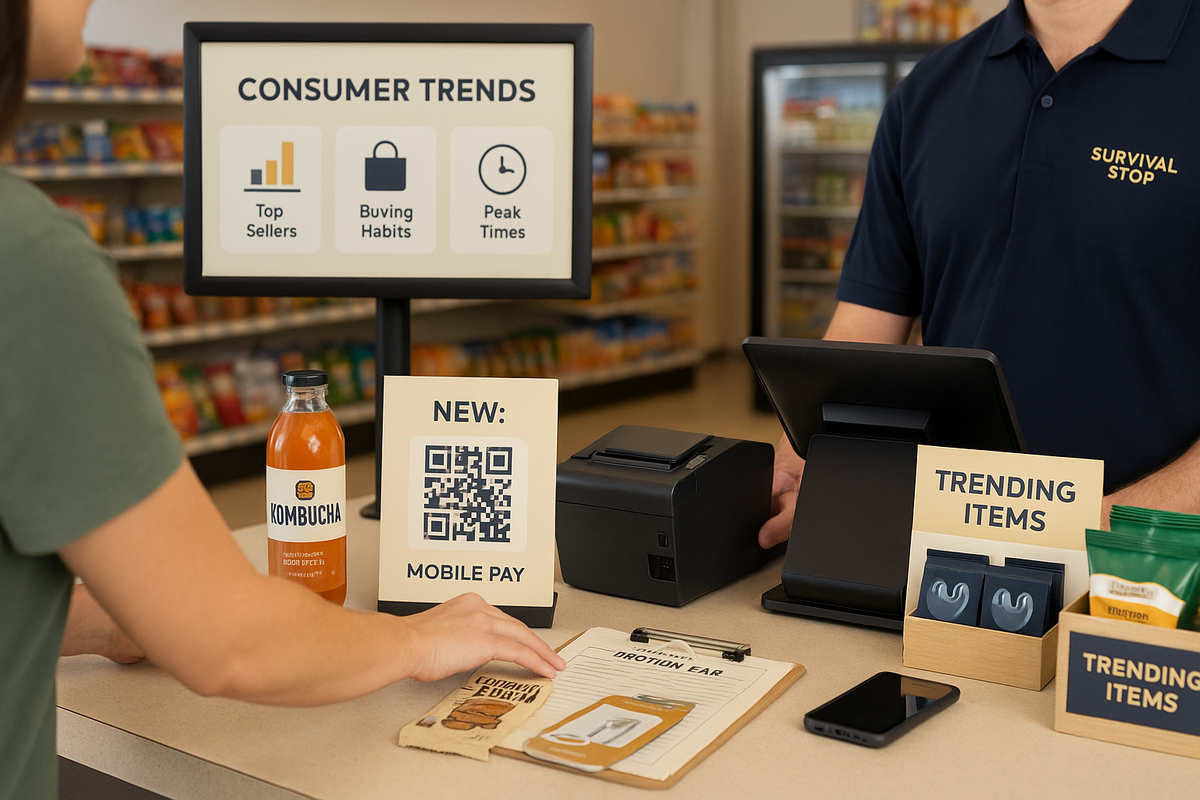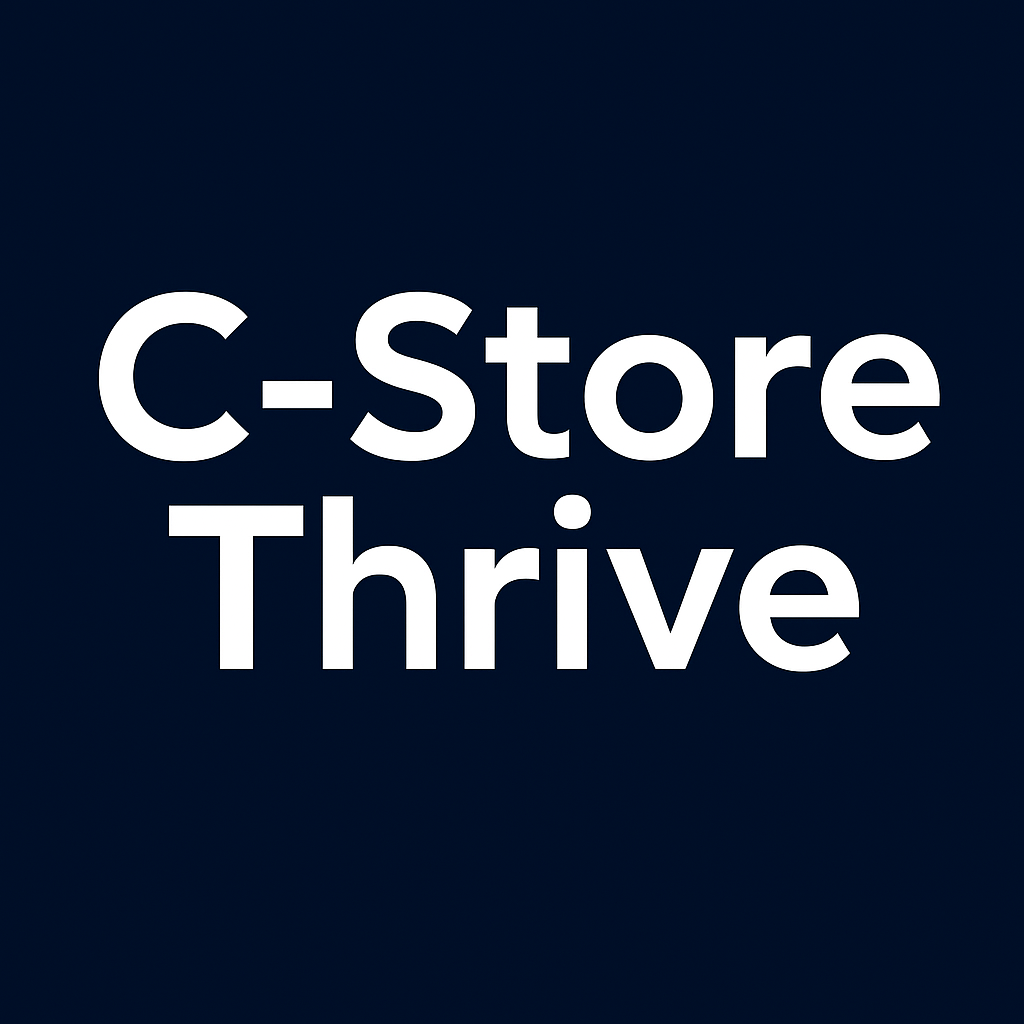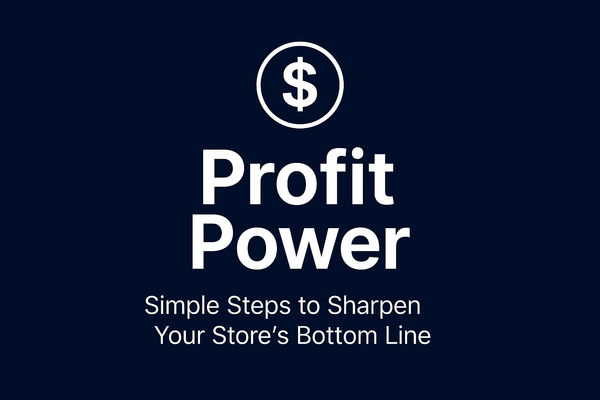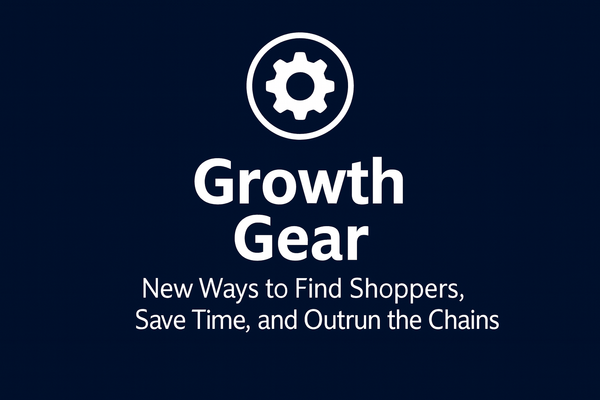Understanding Consumer Trends in Convenience Stores
Understanding consumer trends in convenience stores is essential for navigating competitive retail landscapes. Current trends include health/wellness focus, digital integration expectations, and sustainability consciousness that directly impact profitability and product selection strategies.

Understanding consumer trends in convenience stores has become essential for independent owners navigating an increasingly competitive retail landscape. These trends represent shifting customer behaviors, preferences, and spending patterns that directly impact store profitability and long-term success.
Defining Consumer Trends in Retail
Consumer trends are observable patterns in customer behavior that indicate changing preferences, purchasing habits, and lifestyle choices. In convenience stores, these trends encompass everything from preferred payment methods and product categories to shopping times and brand loyalty patterns. Store owner Michelle tracks these trends through point-of-sale data, observing that contactless payments increased 65% in her location over the past year.
Unlike temporary fads, genuine consumer trends develop over months or years and reflect deeper societal shifts. Independent owner Robert noticed the health-conscious trend emerging gradually as customers consistently requested more organic snack options and functional beverages.
Current Trends Reshaping Convenience Retail
Health and Wellness Focus Today's consumers increasingly prioritize healthier options, even in convenience settings. Store manager Lisa expanded her fresh food section after noticing customers repeatedly asking for salads and protein-rich snacks. This trend influences everything from beverage selection to prepared food offerings.
Digital Integration Expectations Customers expect seamless digital experiences, including mobile payments, app-based loyalty programs, and online ordering capabilities. Owner David implemented a store app that allows customers to order ahead, resulting in 20% higher average transaction values.
Sustainability Consciousness Environmental awareness drives purchasing decisions, with customers favoring brands with sustainable packaging and local sourcing. Manager Patricia sources locally-made items and promotes them with special signage, attracting environmentally-conscious customers willing to pay premium prices.
Translating Trends into Product Selection
Effective trend analysis guides strategic product selection and inventory management. Owner Carlos uses sales data combined with demographic research to identify emerging preferences in his community. When plant-based alternatives gained traction, he introduced meat-free options that now represent 15% of his deli sales.
Monitor competitor offerings and customer requests to identify gaps in your product mix. Store manager Andrea maintains a suggestion box and reviews requests monthly, discovering demand for keto-friendly snacks that competitors weren't stocking.
Promotional Strategies Based on Trends
Align promotional activities with identified consumer trends to maximize impact. Owner Benjamin creates monthly themes around trending topics—featuring locally-sourced products during "Local Pride Month" or highlighting functional beverages during wellness campaigns.
Use social media and in-store displays to educate customers about new trend-based products. Manager Victoria creates Instagram posts showcasing how trending items fit into customers' lifestyles, driving both awareness and sales.
Measuring Trend Impact
Track key performance indicators to assess how trend-based decisions affect your business. Owner Samuel monitors basket size, customer frequency, and profit margins for trend-aligned products, adjusting inventory based on performance data.
Customer feedback provides qualitative insights that complement sales data. Manager Jessica conducts informal surveys during slow periods, gathering opinions about new products and potential additions.
Staying Ahead of Emerging Trends
Subscribe to industry publications and attend trade shows to identify developing trends before they peak. Owner Rachel participates in convenience store association meetings where members share observations about changing customer behaviors.
Understanding consumer trends in convenience stores enables independent owners to make informed decisions about inventory, marketing, and store layout that resonate with evolving customer expectations while maintaining competitive advantages.





